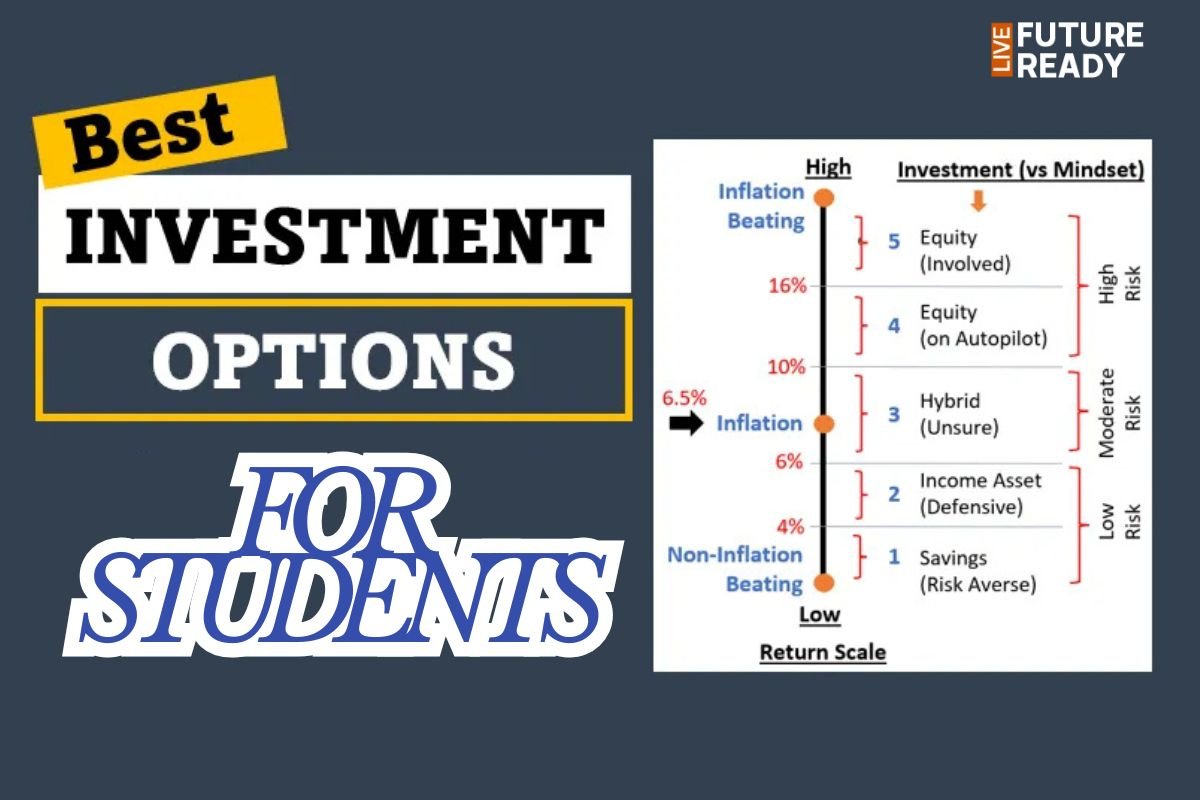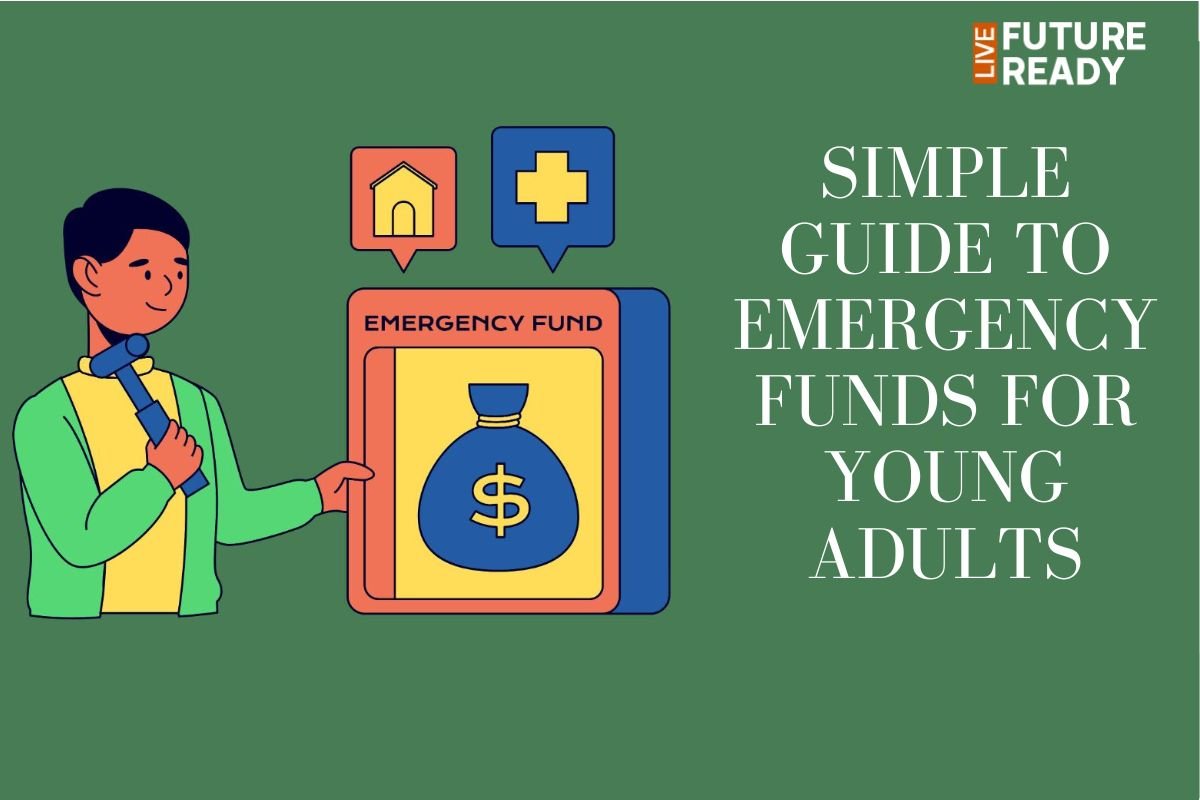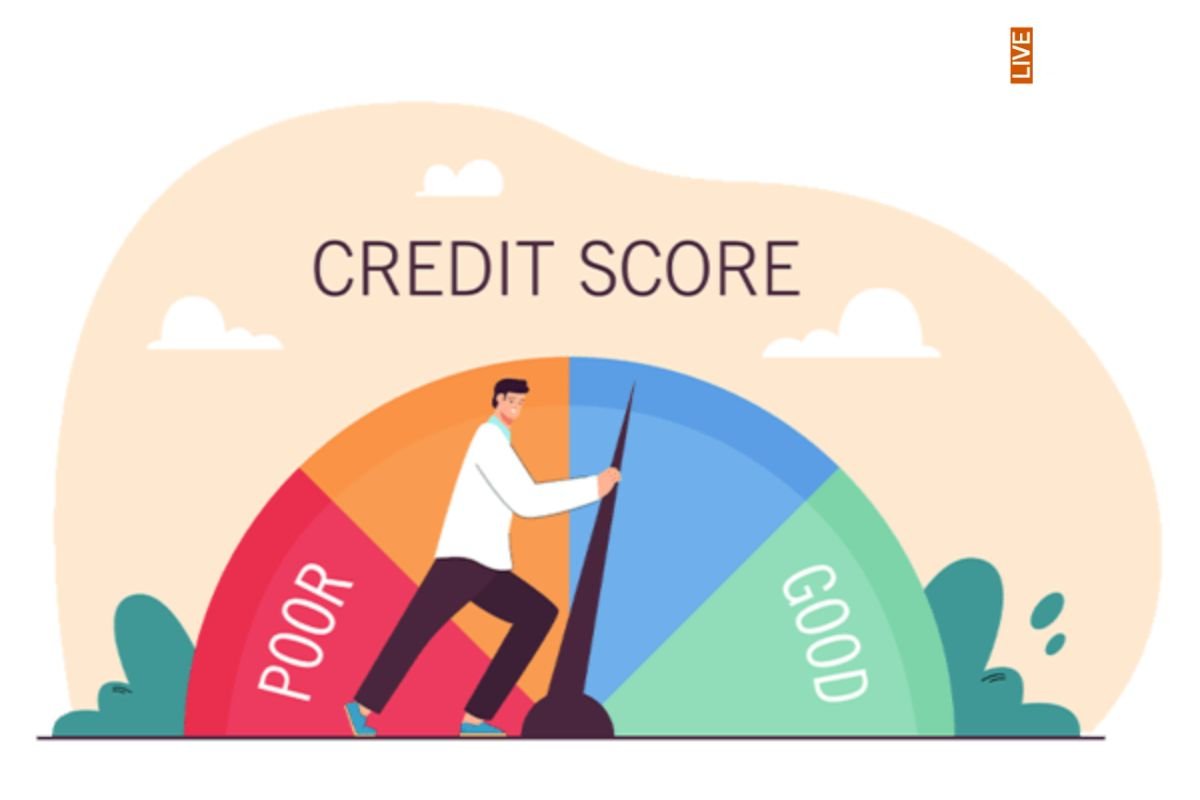Learning how to create a budget is a vital financial skill for anyone who wants more control over their money and the confidence to achieve their goals. Whether you’re managing your own finances for the first time or just trying to get a handle on spending, this guide will walk you step by step through creating your first budget—from understanding your income to tracking expenses and making adjustments as needed.
Why Budgeting Matters
Budgeting puts you in charge of your money. With a budget, you can:
-
See exactly where your money goes.
-
Plan for both short-term and long-term goals.
-
Avoid overspending or running short at month’s end.
-
Reduce financial stress and build better money habits.
Step 1: Know Your Net Income
Start by figuring out your “net income,” or take-home pay after taxes and deductions. This includes:
-
Salary/wages from jobs (after taxes)
-
Freelance or side gig earnings
-
Support from family or scholarships
-
Any other money that arrives regularly
Be sure to use the actual deposit amount—not just your gross pay—so you don’t overestimate what you have to spend.
Step 2: Track Your Expenses
For at least a month, write down everything you spend. This should include:
-
Fixed expenses (rent, loan payments, subscriptions)
-
Essential variable expenses (groceries, transport, utilities)
-
Non-essential expenses (dining out, entertainment, shopping)
Apps, spreadsheets, bank/credit card statements, or good old-fashioned pen and paper are all helpful for tracking. The more accurate your record, the better.
Step 3: Categorize Needs and Wants
Divide your spending into:
-
Needs: Must-pay items (rent, food, utilities, minimum loan payments)
-
Wants: Non-essentials that enhance life (restaurants, travel, streaming)
Recognizing where your money goes helps you find areas to cut back if needed.
Step 4: Set Clear Financial Goals
Set goals for your money, such as:
-
Covering monthly bills on time
-
Building an emergency fund
-
Saving for a special purchase or event
-
Paying off debt
Goals give your budget a purpose and keep you motivated.
Step 5: Choose a Simple Budgeting Method
Popular methods include:
-
50/30/20 Rule: 50% for needs, 30% for wants, 20% for savings and debt repayment.
-
Envelope System: Assign cash to categories and spend only what’s in each envelope.
-
Zero-based Budgeting: Every dollar is given a specific job, so income minus expenses equals zero.
Pick the method that matches your lifestyle and financial habits.
Step 6: Build & Test Your Budget
-
Plug your income and expenses into your chosen system.
-
Be realistic—don’t leave out recurring but less frequent items (subscriptions, gifts, annual fees).
-
Compare your expenses to your income. If you’re overspending, look for “wants” you can reduce.
-
Try your budget for a month and see how it works.
Step 7: Track Progress and Adjust
Check in with your budget often:
-
Review your spending every week or after large purchases.
-
Adjust categories based on what you actually spend.
-
Expect your budget to change with life events, income shifts, or new goals.
Budgeting is never “set it and forget it”—review and refresh regularly to stay on track.
Tips for Sticking to Your Budget
-
Automate your savings left over each month.
-
Celebrate small wins, like hitting a savings target or sticking to your meal plan.
-
Include a “miscellaneous” category for unexpected expenses.
-
Ask a trusted friend or family member to help keep you accountable.
Final Thoughts
The habit of budgeting can be life-changing. With your first budget in place, you’ll have more control, less stress, and more opportunities to reach your financial dreams. Start small, iterate, and remember—every bit of progress counts!
Read more on our website: Future Ready, your go-to platform for the best educational content and latest updates.
Also Read Related Blogs :-




















